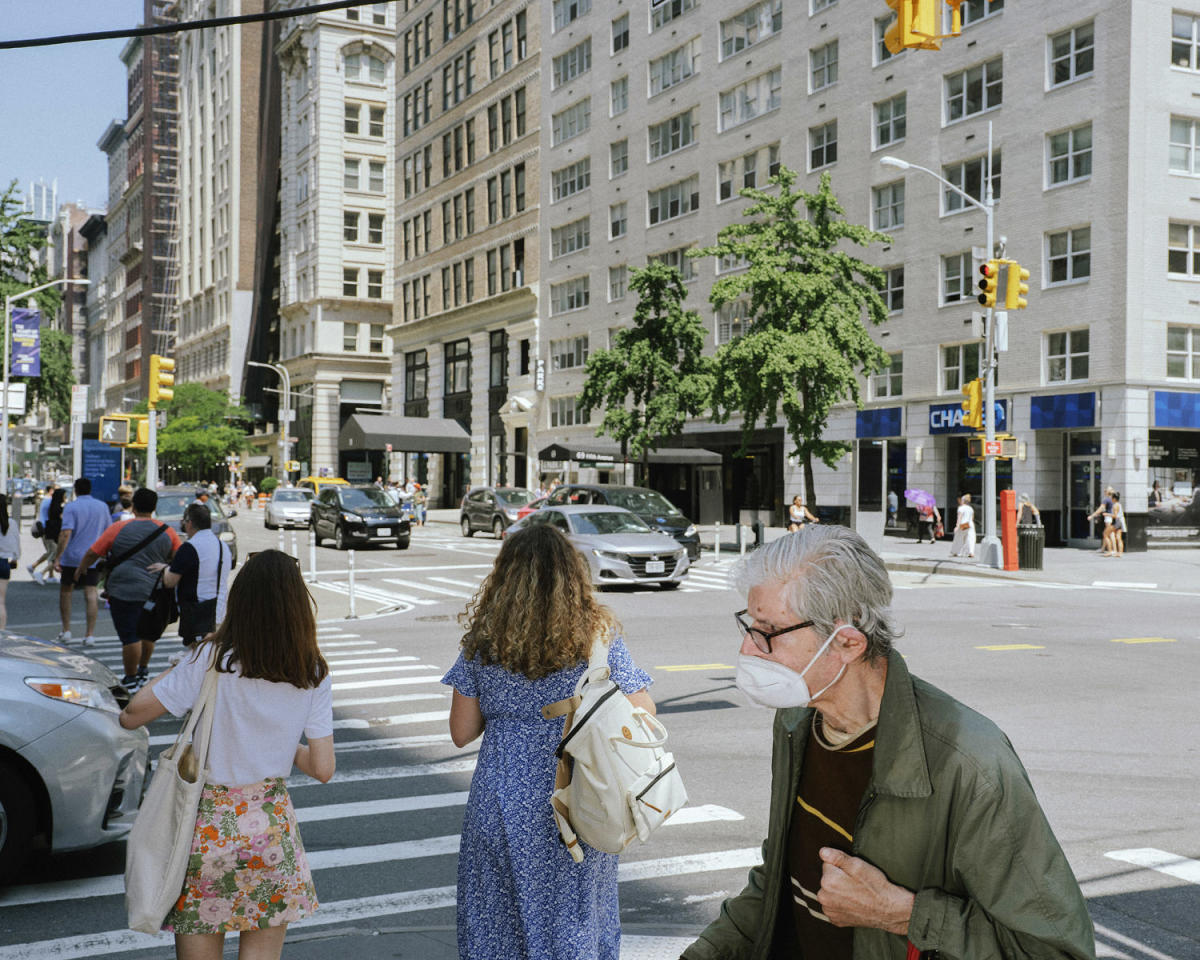
Title: New SARS-CoV-2 Variants, KP.2 and KP.1.1, Rapidly Spreading in the United States and United Kingdom: What We Know So Far
Introduction The ongoing COVID-19 pandemic has seen numerous variants emerge since the initial outbreak in late 2019. Two new SARS-CoV-2 variants, KP.2 and KP.1.1, have recently gained attention due to their rapid spread in multiple regions.
Facts about the New Variants The JN.1 variant, a descendant of BA.2.86(.1) with the S:L455S substitution, exhibited increased fitness and outcompeted the previous dominant XBB lineage by early 2024 (Source A). JN.1 subsequently diversified, leading to the emergence of descendants such as KP.2 (JN.1.11.1.2) with spike protein substitutions S:R346T and S:F456L (Source B).
The KP.2 variant is rapidly spreading in multiple regions, including the United States and the United Kingdom, as of April 2024 (Sources A, C). It has three substitutions in the S protein compared to JN.1 and an additional one substitution in a non-S protein (Source B).
As of early April 2024, the estimated variant frequency of KP.2 has already reached 20% in the United Kingdom (Source D). The infectivity of KP.2 is significantly lower than that of JN.1, with a 10.5-fold reduction in infectivity (Source E).
The neutralization titer against KP.2 was significantly lower than that against JN.1 in all cases tested: monovalent XBB.1.5 vaccine sera and breakthrough infection (BTI) sera with XBB.1.5, EG.5, HK.3, and JN.1 infections (Source F). KP.2 shows the most significant resistance to the sera of monovalent XBB.1.5 vaccinees without infection: 3.1-fold resistance and those who have infection: 1.8-fold resistance (Source F).
Background Information on SARS-CoV-2 Variants and Vaccines SARS-CoV-2, the virus responsible for COVID-19, has caused a global public health crisis resulting in nearly 7 million confirmed deaths and greater than 10 trillion dollars in economic losses (Source G). Inactivated vaccines provide moderate protection against symptomatic infection with significant and sustainable protection against severe disease and mortality (Source H). However, neutralizing antibody titers induced by inactivated vaccines wane relatively quickly (Source H).
Three inactivated COVID-19 vaccines have been approved for emergency use by the World Health Organization: those developed by Sinovac, Sinopharm, and Bharat Biotech (Source I). Approximately half of all COVID-19 vaccines administered globally are whole virus-based inactivated vaccines (Source J). As of 2024, nearly 5 billion doses have been administered worldwide (Source K).
Conclusion and Implications for Public Health The emergence and rapid spread of the new SARS-CoV-2 variants, KP.2 and KP.1.1, highlight the importance of continued monitoring and research on COVID-19 variants to inform public health strategies.
References: A: Uriu et al., 2024 (Source B). B: Kosugi et al., 2024 (Source B). C: Ito and Sato, 2024 (Source C). D: Okumura et al., 2024 (Source D). E: Yamasoba et al., 2024 (Source E). F: Uwamino et al., 2024 (Source F). G: World Health Organization, n.d. H: World Health Organization, n.d. I: World Health Organization, n.d. J: OurWorldInData, 2023 K: OurWorldInData, 2023


